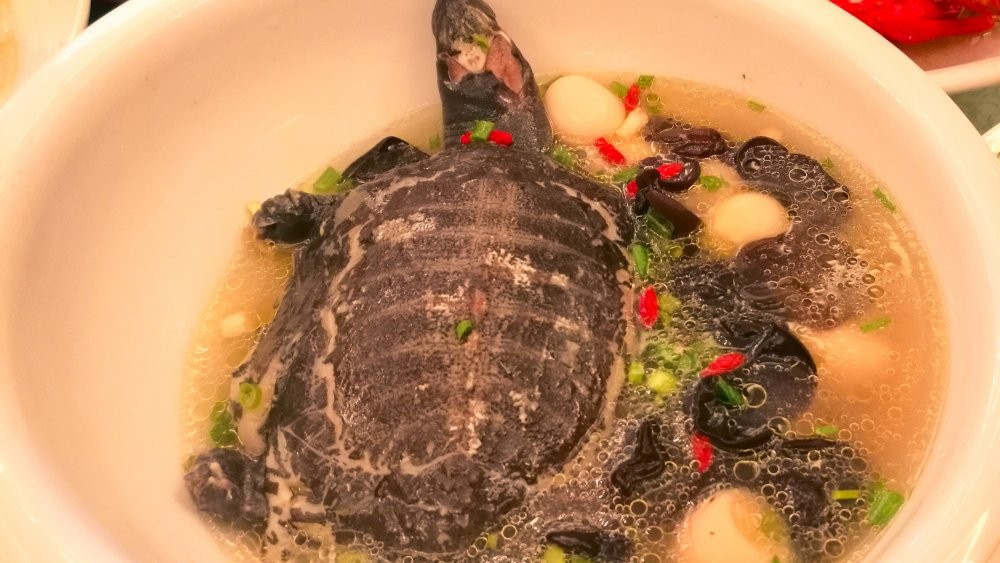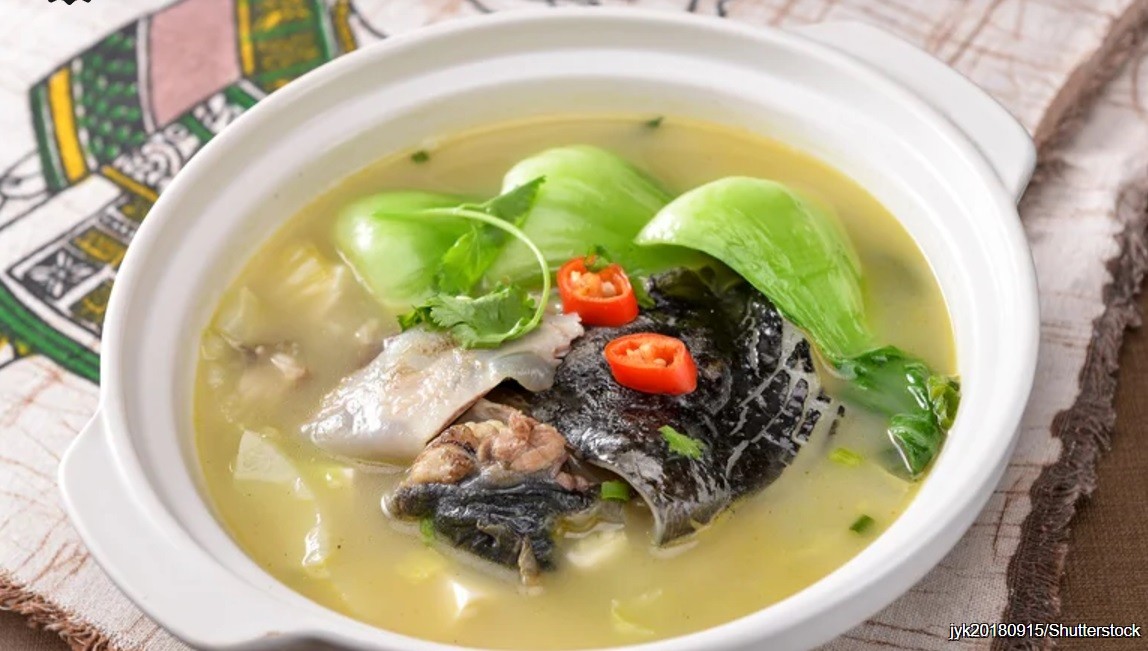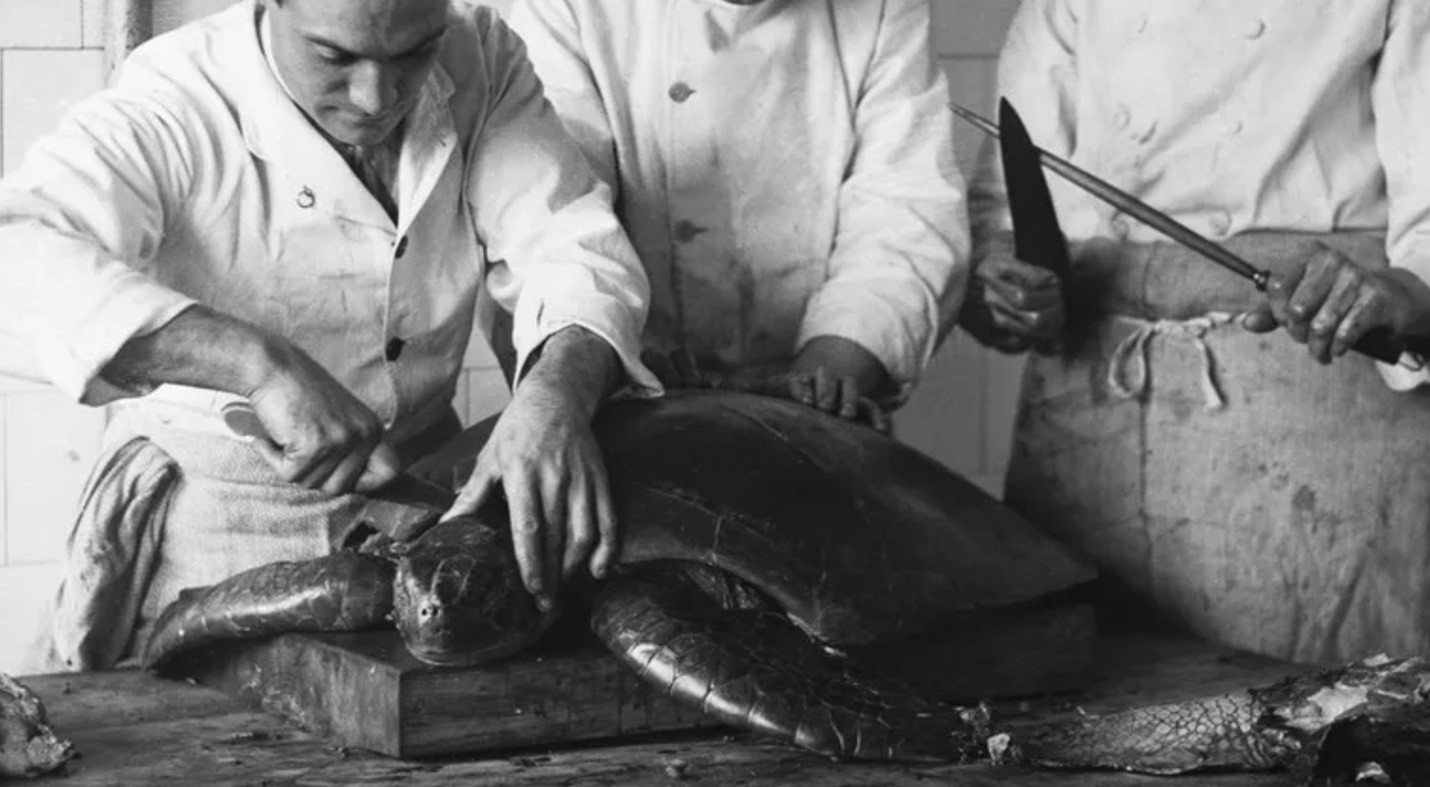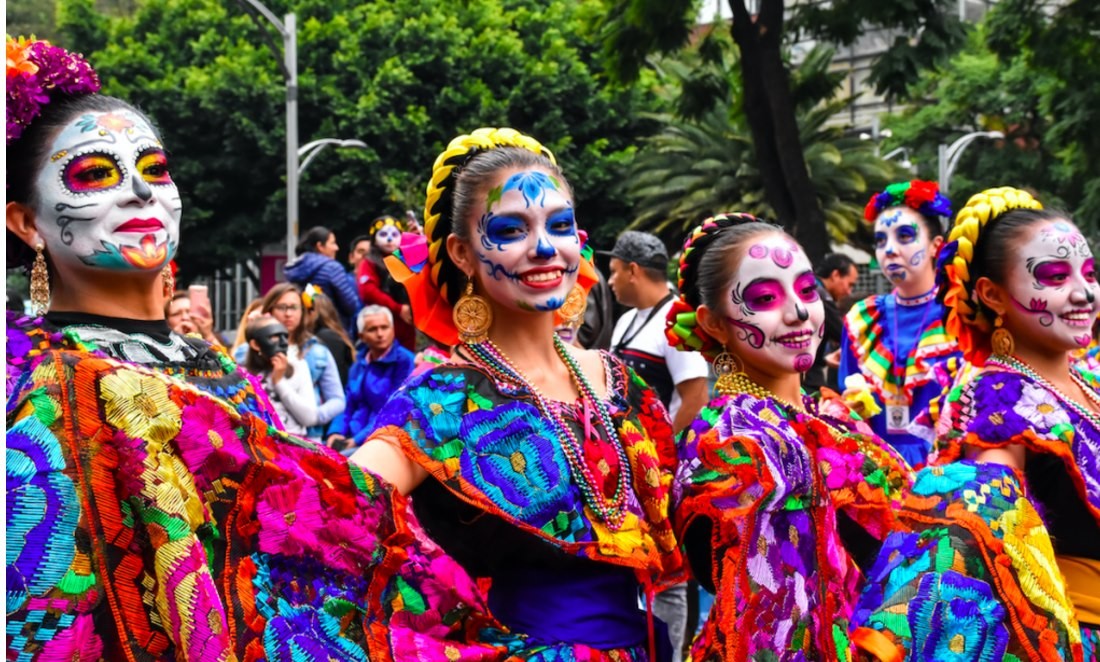Turtle soup on Thanksgiving day: Asian origins and cultural significance
Turtle soup, a delicacy with roots in Asia, has been enjoyed for centuries in countries like China, Malaysia, and Singapore. In traditional Chinese cuisine, the dish symbolizes longevity and prosperity, often served during special occasions such as weddings or festivals. It showcases the deep connection between culinary traditions and cultural values in many Asian societies.
 |
How Turtle Soup is Made
Asian turtle soup typically uses soft-shelled turtles, prized for their tender meat and perceived health benefits. The soup is slow-cooked to extract maximum flavor and nutrients. Ingredients often include:
- Turtle meat: Freshly butchered for authenticity.
- Herbs and spices: Ginseng, goji berries, ginger, and dried dates to enhance flavor and provide medicinal benefits.
- Broth base: Made with chicken, pork, or herbs, simmered for hours to achieve a rich, umami-filled taste.
| Is turtle soup legal in the US? Today green sea turtles, like all other species of sea turtles, are federally protected under the Endangered Species Act. If you ate one in the United States, you would be committing a felony. Turtles are one of the most imperiled groups of animals on the planet. |
 |
| It's not exactly surprising to discover turtle soup was an essential component of the November holiday until the early part of the 1900s. |
Medicinal Beliefs
In traditional Chinese medicine (TCM), turtle meat and bones are believed to have cooling properties, balancing the body’s internal heat. The soup is also thought to strengthen the immune system, boost vitality, and improve skin health. These beliefs have kept turtle soup in demand, despite modern health science lacking concrete evidence to support these claims.
Modern Practices and Ethical Concerns
Due to declining turtle populations, the consumption of turtle soup has become controversial. In many places, turtles are now protected by law, and conservation efforts discourage hunting. Some Asian restaurants offer alternative versions using farm-raised turtles or substitute ingredients to replicate the traditional flavors.
 |
| Old image of chefs preparing turtle for culinary use - Hulton Deutsch/Getty Images |
| Which US president liked turtle soup? President William Howard Taft, who was in the White House from 1909 to 1913, enjoyed turtle soup so much that he hired a special chef to make his own "Taft's Terrapin Soup" recipe. Turtle soup is a delicacy that includes veal, tomatoes, herbs, sherry, vegetables, boiled eggs, and turtle meat. Abraham Lincoln had turtle soup served at his second inauguration in 1865. |
FAQs About Asian Turtle Soup
-
What does turtle soup taste like in Asian cuisine?
It has a savory, slightly herbal flavor, with the meat tasting like a cross between chicken and fish.
-
Why is turtle soup considered a health food?
Traditional Chinese medicine promotes its supposed benefits, such as boosting energy and improving circulation.
-
Is eating turtle soup legal?
It depends on local laws. Many species are endangered, so sustainable or alternative options are encouraged.
-
Where can you find turtle soup today?
Turtle soup is available in some high-end Asian restaurants or traditional markets, particularly in China, Hong Kong, and Singapore.
-
What are the ethical alternatives?
Substitutes like chicken or fish combined with similar herbs recreate the taste and health benefits of the original dish.
| What country eats turtle soup? China, Malaysia, Taiwan, Japan, Singapore, Indonesia, and United States (maybe Vietnam) |
Turtle soup bridges culinary tradition and cultural identity, showcasing how ancient practices adapt to modern times. While ethical concerns have reduced its popularity, its legacy endures in modified forms.


































